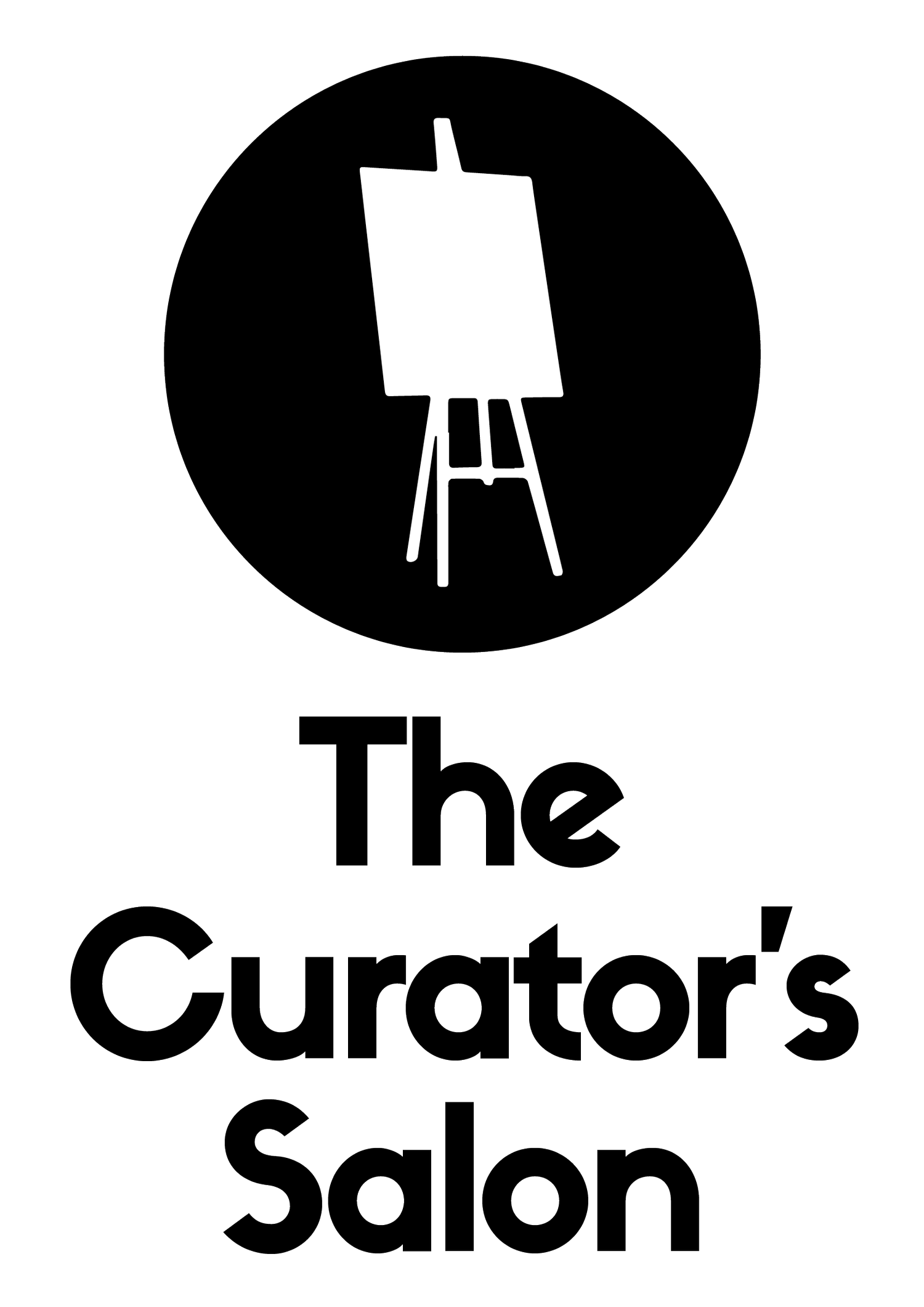Helsinki Biennial
This summer Helsinki was planning to launch its inaugural biennial in June 2020 under the title The Same Sea, co-ordinated by the Helsinki Art Museum. Due to the unprecedented global circumstances around Covid-19, the decision was made to move the Biennial to 2021.
The city is made up of a number of islands and the main focus of the biennial will be at the island of Vallisaari, a 15 minute ferry ride from the mainland.
Vallisaari is a an island in the Baltic Sea, the biennial will present over 75% new commissions and site-specific works, sensitively positioned across this wild landscape and maritime setting. Responding to, whilst safeguarding, Vallisaari’s natural environment, The Same Sea reflects upon the ever-pressing notion of interdependence.
Its location on an island creates a truly unique setting where the art will be in continuous dialogue with the surrounding nature, and importantly it is open, free of charge, to everyone.
I caught up with Maija Tanninen, the biennial director and we discussed some of the things that went into changing the date, and what this means for the first Helsinki Biennial.
The event will open in June 2021 on Helsinki day. There were originally two scenarios when considering a change of date. One was to move to August and the second was to move it a whole year.
The summer scheduling takes advantage of the 18 hours of daylight that the city enjoys during these warmer months.
The Biennial is a city initiative and is closely linked to the Mayor’s office and various city and council departments. “It was a comfort”, says Maija “to have the support and backing of the different departments when it came to changing the date”.
The decision to change the date was both difficult and welcomed, by the different partners involved in putting it together, including artists and supporters.
Wild landscape of Vallisaari, the main site of the Helsinki Biennial
It was fortuitous that no art had been constructed on site at Vallisaari before the lockdown. And now the big question is will the art work change while artists have a longer period to make it, given the experience of this pandemic & lockdown, while still responding to the theme of the Biennial of interdependency
What will change around the Biennial for 2021?
“We recognise the digital leap that has been made during lockdown and social distancing. And this is an area we would like to develop for 2021. We will be looking at digital ways of conveying the art in addition to the existing program”.
Maija talked about taking a stoic approach to the change of circumstances that many will relate to. “There are many things we can change, but not everything. Our attention and effort is better channelled towards the things we can change.”
During this interim period the Biennial will build upon these collaborations, whilst establishing new conversations and driving creative (and reflective) programming. Fostering a sustainable approach to exhibition making, Helsinki Biennial will continue to champion art’s role in creating channels for discourse, collaboration and conservation.
“At the moment we are looking at the service path for delivering the event. This includes things like hygiene, distancing rules and transport. The island of Vallisaari is a boat ride away from the the main city centre of Helsinki, and we’re working with the maritime strategy to be able to provide safe and reliable transport.”
The biennial aims to blend the nation’s core interest in nature, healthy living and sustainability into this biennial and bring the Finnish creative scene to the world stage. 50% of the artists selected for the biennial are Finnish and the other 50% international artists to open up the dialogue between art, nature, and wellbeing.
Two artists I’m looking forward to seeing are Katharina Grosse and Tadashi Kawamata.
Katharina Grosse’s large-scale, in-situ painting will mask the exterior walls of Vallisaari’s former school building, converging with the surrounding landscape. Rather than a conventional painting, the result of Grosse’s painting process is more like a sculpture that emerges from a geographical location.
Utilising recycled materials, Tadashi Kawamata’s Vallisaari Lighthouse is to be a temporary landmark comprised of found material from Vallisaari. Sitting atop a bunker-like elevator shaft, jutting skywards to a height of several metres, the lighthouse can be seen from various viewpoints out at sea, the neighbouring island of Suomenlinna and the Helsinki waterfront.
Follow https://www.instagram.com/helsinkibiennial/

